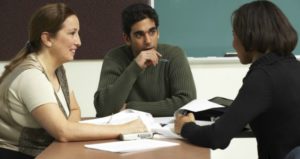
The Life Goals Exercise: Context for Students’ Big Questions
Students often ask teaching faculty to help them make important decisions that will affect their lives in significant ways. “Should I drop this course? Should I pursue teaching or industry? Should I do graduate studies?” These questions can only be answered in the context




